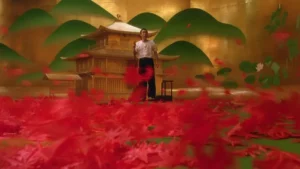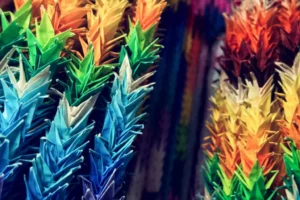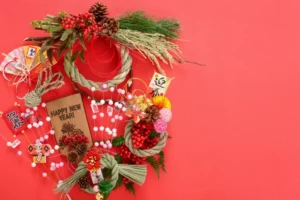Japan in June marks the start of the amazing summer festival season! Regardless of their history, they are all good reasons to socialize and spend time outdoors in the warming weather. Wherever you are in Japan, these two months guarantee an exciting event nearby. Today, we’ll cover some of June’s more well-known celebrations and competitions nationwide!
Table of Contents
ToggleHorikawa Festival
This two-day parade occurs on June 3rd and 4th in Nagoya, Aichi Prefecture. The Kyoto Gion Festival inspires it and features floats in decorated boats. It is a combination of two old traditions. The original Tsushima Tenno Festival initially took place further upstream in Susaki. People decorated their boats and floated them down the Hori River in those times.
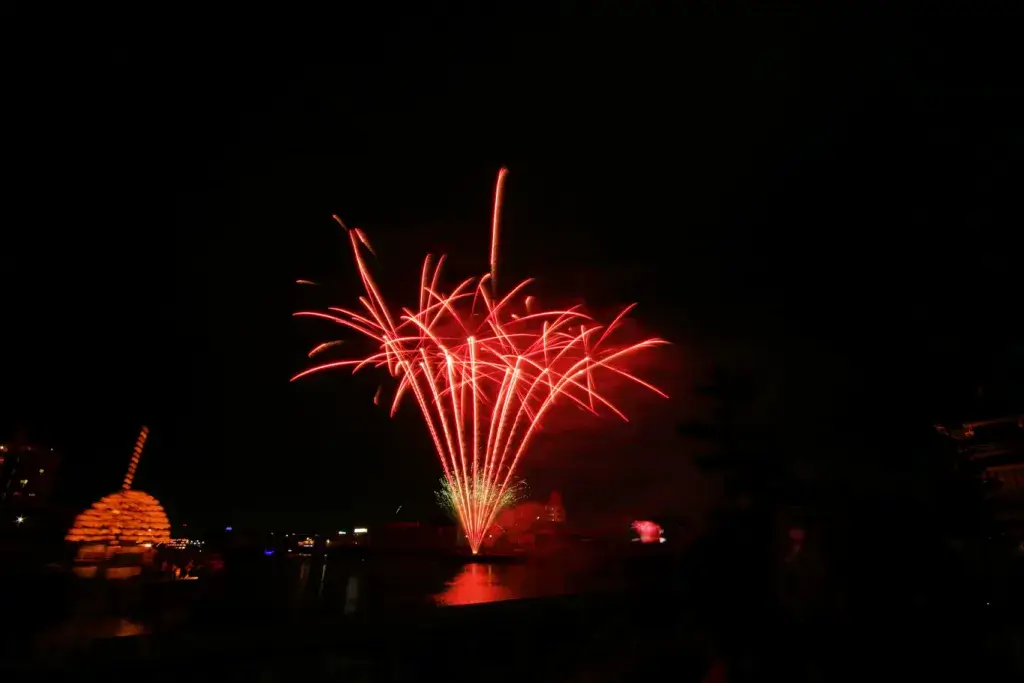
However, the construction of bridges soon made this impossible, so people moved it downstream to Atsuta. Today, the event continues further downriver around Miya-no-Watashi Park and Shichiri Ferry Pier. But party boats still honor the connection between the three locations. They travel upstream, through Atsuta, to the original spot at Susaki Shrine.
Festivities include lion dance performances and taiko drumming in the Miyanohama area near Temmacho Station. Lanterns also light the various floats, which people ceremonially pull around the park. Food is available for sale all day and night at the Miyanohama Market. In the past, people prayed at local shrines for help with diseases that sometimes plagued the area. So, on the second day, there will also be a ritual for good health in Japan in June.
Chagu Chagu Umakko Horse Festival
Iwate Prefecture has a long history of horses and horse breeding. Farmers traditionally visited shrines in the area to pray for the health of the field horses and a good harvest. When this practice began over two hundred years ago, there were still wolves in Japan. So, large bells were hung around horses’ necks to keep those predators away. The “chagu chagu” sound the bell made with each step of the horse gives the festival its name.
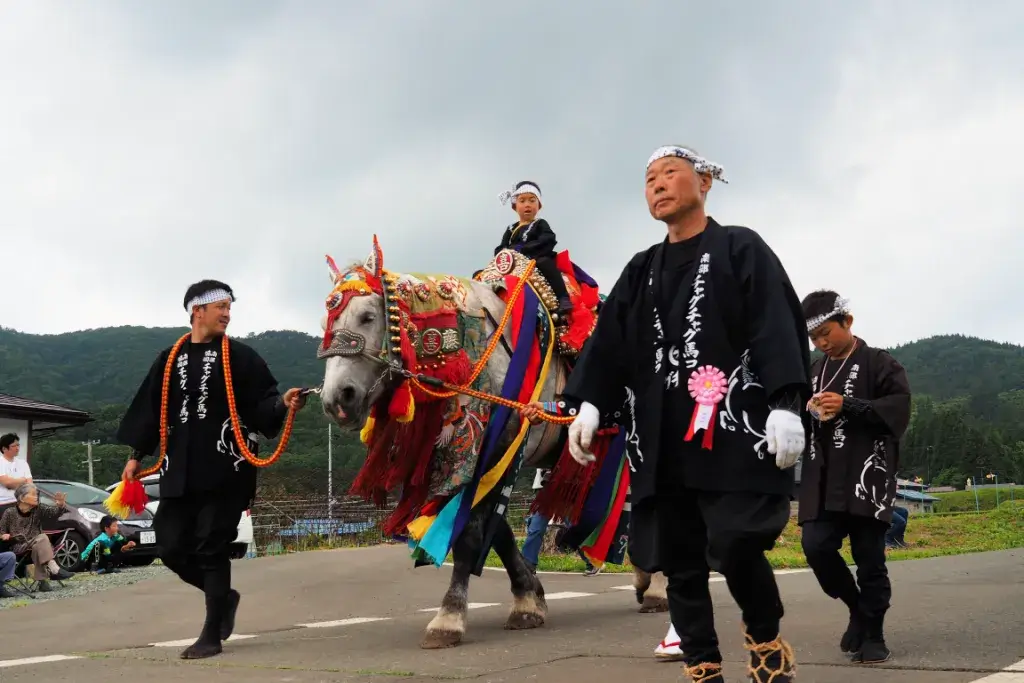
Generally, the parade occurs every year on the second Saturday of June. The animals still wear their “wolf bell” with as many as 700 other bells and colorful costumes. The procession of about 100 decorated horses leaves Onikoshi Sozen Shrine in Takizawa and walks to Hachiman Shrine in Morioka. The day also served as a much-needed vacation for the animals, so there are rest points along the 13-km (42 ft) route. The public can feed the horses and take photos at rest stops.
Hokkaido Shrine Festival
The Sapporo Festival, or the Hokkaido Shrine Festival, takes place annually from June 14th to 16th in Sapporo, Hokkaido. This vibrant celebration undoubtedly honors the city’s history and cultural heritage. The festival’s highlight, the “Shinkosai,” features a grand parade with ornate floats and mikoshi (portable shrines) that recall the Heian period’s grandeur. Performers in courtly costumes lead the procession, moving to the rhythmic sounds of flutes and drums.

Nine commoner-style floats from each festival district follow the imperial-style procession. These floats also boast colorful decorations, mechanical puppets, and performers who present musical and dance performances. The parade, stretching about 1.5 km (5 ft), takes a full day to cover a 10 to 15 km (33 to 49 ft) route through the city center and festival districts.”
In Nakajima Park, approximately 400 stalls are set up, creating a lively atmosphere with food, games, and entertainment. The park becomes a hub of festivities, attracting locals and visitors alike. The festival also features dedication events held within the precincts of Hokkaido Shrine, the centerpiece of the celebrations. In the past, many workplaces in the city would give employees the day off, and stores would display flowers and lanterns to embrace the festive spirit. This is one of the most notable events in Japan in June.
Are you looking for amazing summer snacks? Check out Sakuraco! Sakuraco delivers traditional Japanese snacks, teas, sweets, and snacks from local Japanese makers directly to your door so you can enjoy the latest treats directly from Japan!
Kyoto Art Fireworks
On June 26th, from 8 pm to 9pm, Japan’s most experienced fireworks artists will light up the sky above the Kyoto Racecourse. The Kyoto Artistic Fireworks started in 2018 to combine fireworks, music, and storytelling. More than 13,000 fireworks will fire nonstop to J-POP, Western, and classical music.
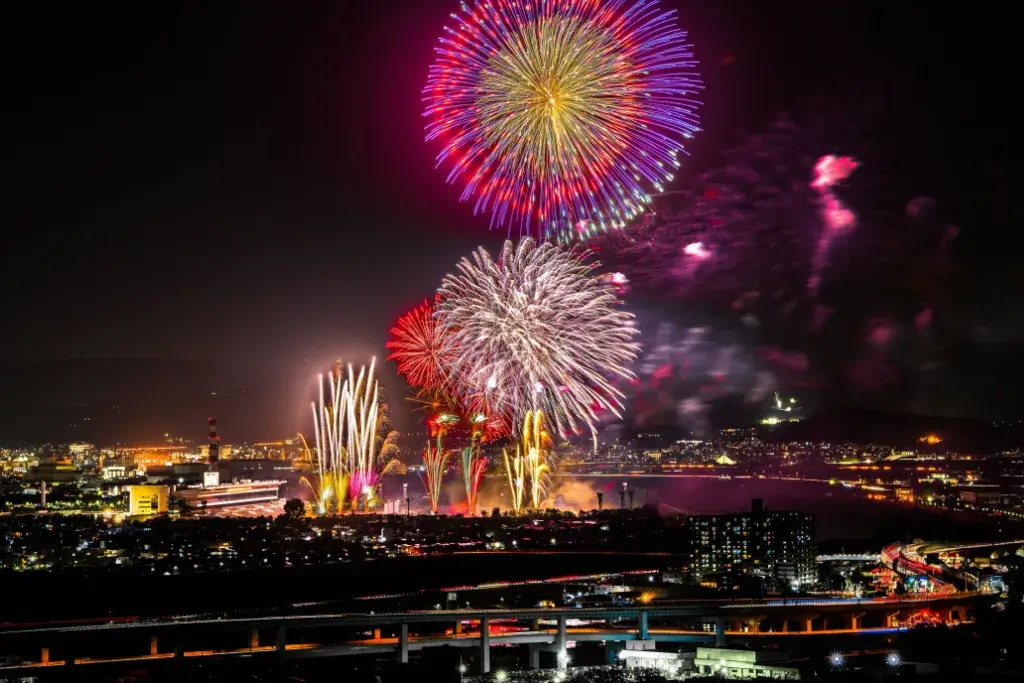
But this is more than just a musical display. The fireworks will be controlled within a fraction of a second to match the rhythm, lyrics, and mood. It produces a cinematic experience with story development, plot twists, and emotion. As a result, the show concludes with a breathtaking, three-dimensional fireworks display. This is a trendy Kyoto event, with people standing in line more than three hours before start time. While attendees need to purchase the best seats in the house, you can still see them in other locations for free. Yodo Station on the Keihan Railway Main Line is closest to the Katsura and Uji riverbanks.
Yosakoi Soran Festival
The 32nd Yosakoi Soran Festival will be held from June 7th to 11th in Sapporo, Hokkaido. It started as a local community dancing competition but now attracts more than two million spectators from all over Japan. Its growth was inspired by a competition of the same name in Kochi prefecture. Since its first year, participating dancers have grown from 1000 to more than 30,000.
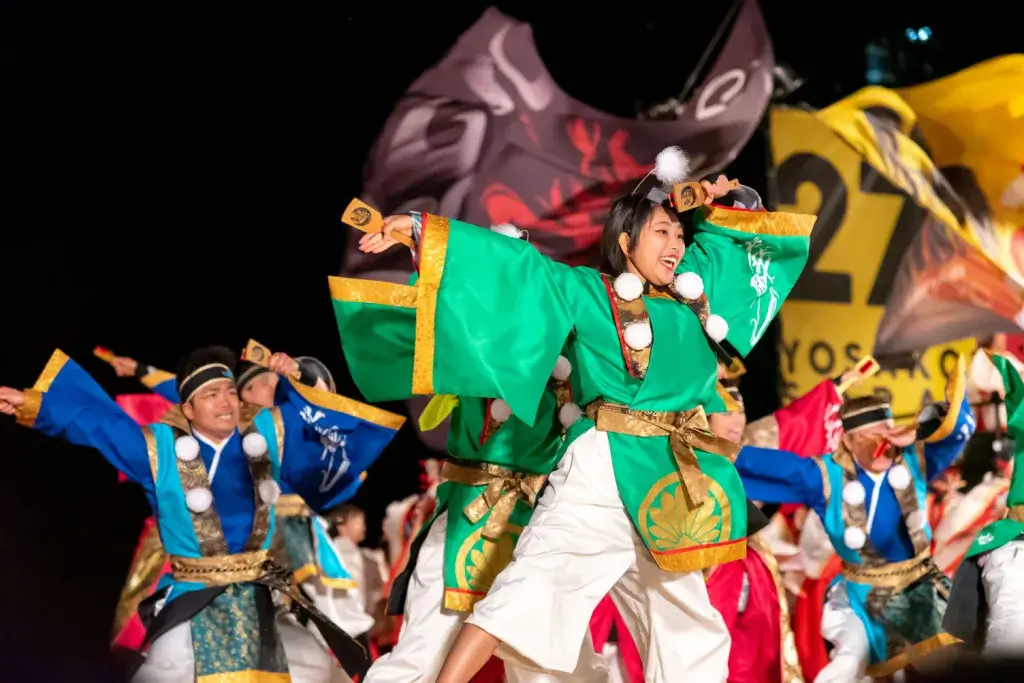
Team performers wear costumes and perform original dances as they parade through the city’s streets. The movements and selected music do not have to be traditional. But all performances must use wooden clappers (naruko) and some lyrics from a Hokkaido folk song (soran bushi). These rules also respect the region’s farming and fishing history.
Back in the day, farmers used naruko to chase birds from crops, and fishermen pulled in nets as a group and used folk songs to keep time. There will be about 15 stages spread throughout Sapporo. But festivities end with teams performing their dances on the main stage in Odori Park, where a winner is selected.
Why should I go to these festivals in Japan in June?
In early summer, Japan explodes with festivities that welcome the beginning of the season. These events offer a chance to mingle with the people of Japan in June and foster a sense of unity and peace. The sounds of bells will remind us of the past, and traditional rhythms will blend with modern song and dance. Have you visited any of these festivals? Do you have any travel tips to share? Share your experiences below!





